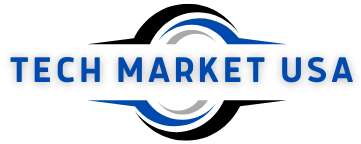Youssef Joseph amine says that Training does not have to be one of the obstacles that healthcare employees face. Follow these three actions to elevate your healthcare organization’s learning assets and achieve the operational and staff performance required to satisfy the industry’s demanding expectations.
Youssef Joseph amine shows Training Assist
Training cannot fix all of these issues, but it can help to improve operational and staff performance in all of the areas outlined above. Instead of just conveying information about these topics to them (think “in one ear and out the other”), you should utilize a targeted, competency-based approach if your objective is to alter your healthcare professionals’ skills and capacities to help handle these challenges.
How youssef Joseph amine Makes the Most of Healthcare Workers’ Limited Training Time?
But first and foremost: Is it possible for youssef joseph amine healthcare personnel to complete the training? What if, instead of removing people from their work for hours or days at a time, they could make a little improvement every day?
Consider an overnight emergency room nurse who only has 15 minutes throughout their shift to devote to training. Instead of deferring a one-hour training course until another night (and another, and another), the nurse might log in to a learning platform, check their individualized learning route, and complete a few five-minute learning materials that will help them develop the competencies they require. If they repeated this method every shift, they’d have at least one hour of learning each week and more than 50 hours of training each year.
What Method Should Be Used to Create Healthcare Training?
Here are the steps to follow while taking healthcare training by Youssef Amine,
Not all training can be categorized as “one-size-fits-all,” but the stages outlined below provide a solid foundation for competency-based training development, which results in increased organizational and employee performance in the healthcare industry.
Step 1: Conduct an analysis to determine the competencies that are required, and then allocate those competencies to healthcare personnel based on their roles and responsibilities.
Step 2: Create, test, and improve learning resources for each competency.
Remember that the goal of microlearning is to help healthcare workers make the most of their limited training time. Rather than simply “sharing knowledge,” design the assets to cause changes in their on-the-job behavior.
Conduct a more extensive evaluation within the next 30-90 days to see whether the learning asset is being completed and its influence on personnel and operational performance. In other words, did the learning asset accomplish its purpose? If this is the case, proceed as planned. If not, make the necessary changes and re-evaluate 30-90 days later. Repeat this cycle until the initial goal that prompted the need for this training is met.
Step 3: Provide live coaching and mentoring to learners once they have completed a learning asset (or a series of assets).
Learners will have absorbed compelling content, evaluated scenarios that help them comprehend how these concepts play out at work, and exercised important skills in a virtual environment that reflects their workspace as a result of training. When mastering high-stakes competencies, healthcare personnel should have the opportunity to be watched on the job by experts and receive personalized feedback and coaching. Consider creating automated timetables, observation checklists, and coaching guidelines to make this process easier to implement for busy healthcare personnel. If necessary, create incentives to ensure that learners receive actionable input from specialists.

